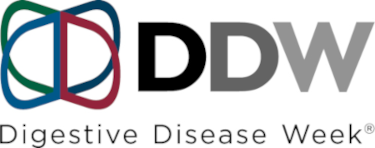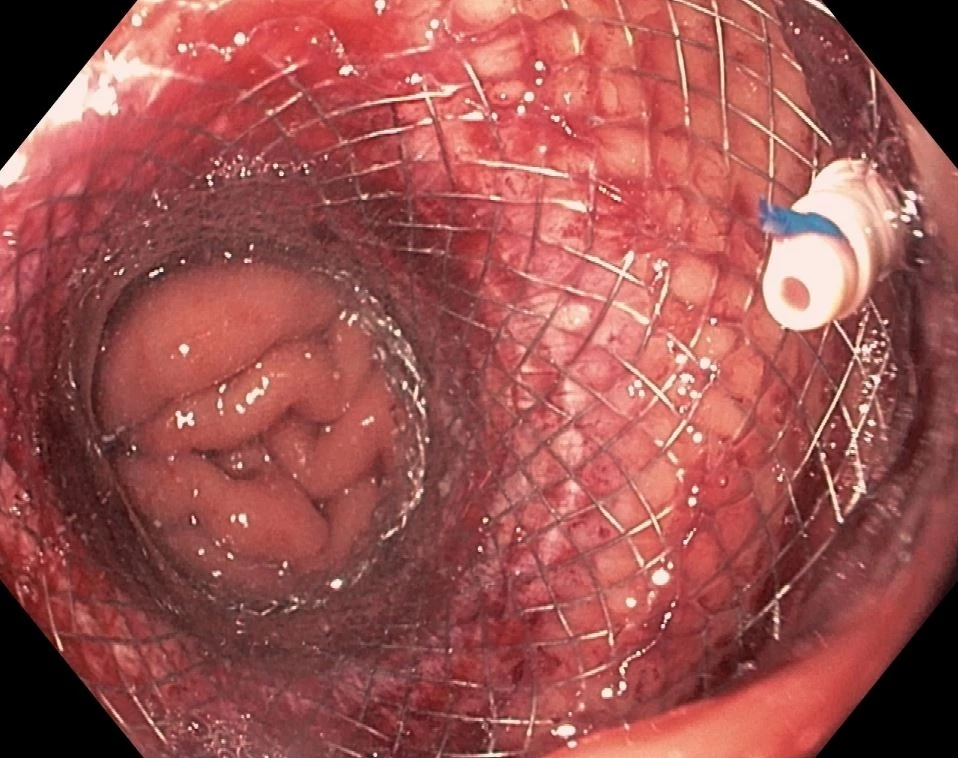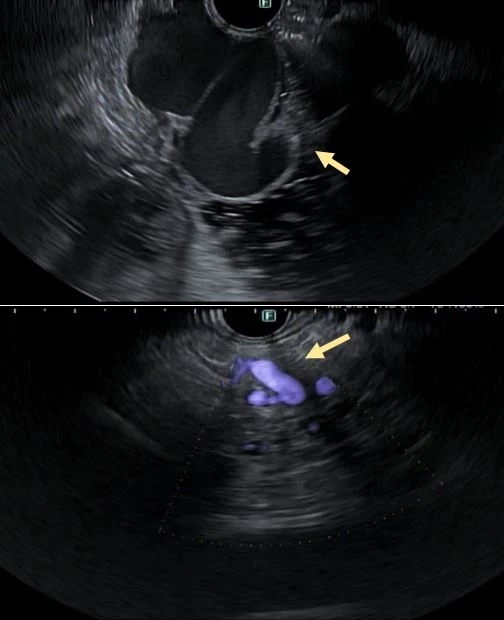923
AN EDGI FIX FOR A RARE CAUSE OF GI BLEEDING: EUS-GLUE/COIL OF A BLEEDING DUODENAL VARIX VIA EUS-DIRECTED TRANSGASTRIC INTERVENTION
Date
May 20, 2024
Tracks
Related Products
INTRODUCTIONS
SOCIETY: ASGE
COMPARISON OF ENTEROSCOPY-ASSISTED ERCP VERSUS EUS-GUIDED BILIARY INTERVENTION VERSUS EUS-DIRECTED TRANSGASTRIC ERCP IN PATIENTS WITH ROUX-EN-Y GASTRIC BYPASS.
Ampullary neoplasia (AN) is a rare disease, but its incidence is increasing…




